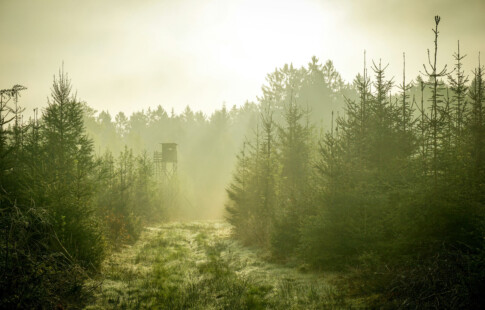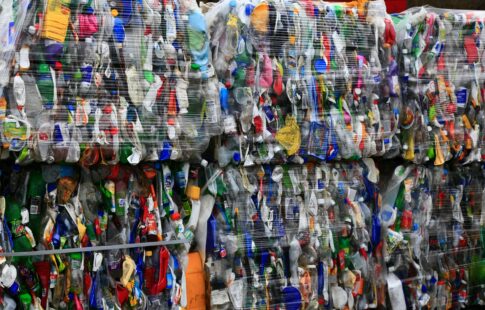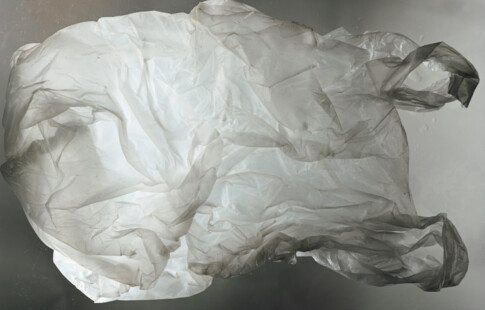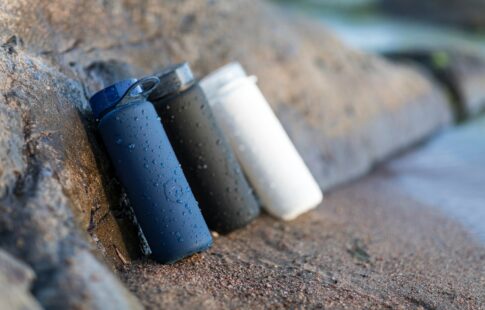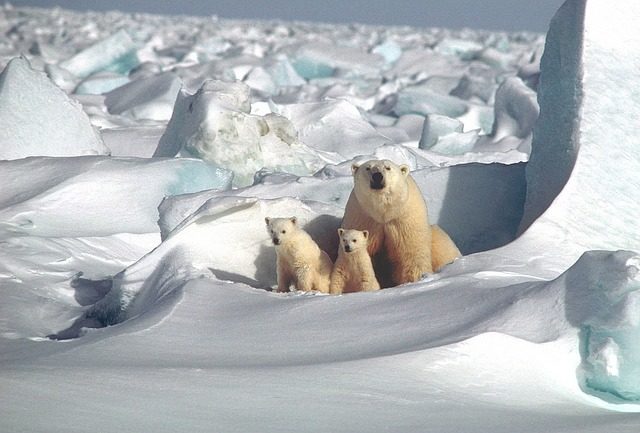
Behind the Scenes of Wildlife Documentaries: Less Authentic Than You Might Think
We are reader-supported. When you buy through links on our site, we may earn affiliate commission.
While most of us never get the chance to get up close to animals in their natural habitats, we can catch a glimpse thanks to wildlife documentaries. These films and TV shows let us see shots of beautiful natural landscapes, learn how animals grow up and watch exhilarating footage of hunting. But how natural are nature documentaries, really? Do the people that make them ever fake it? As it turns out, they sometimes do. While most people that work on these projects certainly mean well, they sometimes revert to tricks and shortcuts some might deem deceptive.
Telling a Story
In order to make any media project interesting to people, you have to tell a story. While this is a normal part of filmmaking, some might say the storytelling tactics of nature documentarians can be deceiving. The way a narrator frames footage can have a significant impact on how viewers perceive it, especially in combination with the soundtrack and special effects. For example, many wildlife documentaries frame predators as vicious monsters that will stop at nothing to kill. This can make a scene more exciting, and cause you to sympathize with the prey, which makes you more involved in the story. It can also give frequently demonized creatures, like sharks, a bad reputation with people.
Describing a hunt in this way is, of course, a dramatization. In reality, both creatures are just trying to survive. Documentary makers might also leave out things that happened if they don’t fit with the story they want to convey. For example, in the BBC’s “the Hunt,” the directors wanted viewers to emphasize more with the predators, so they didn’t show footage of what happened after prey was caught. This, they decided, would be upsetting to viewers and cast the predators in a bad light.
Faking It
While framing a story in a certain way might be permissible, sometimes documentary crews actually fake footage or manipulate animals to get them to do what they want. The truth is some of the wildlife you see in wildlife documentaries might not be wild at all. People who work on these projects have admitted to using footage of animals in zoos or animals they rented from game farms. Some scenes are even augmented with CGI. Sometimes, the sets have also been manipulated to make these scenes seem more real. For instance, BBC’s Frozen Planet included footage of a mother polar bear and her cubs in their den. The den, however, was man-made and was located at a Dutch zoo. What looked like snow in the film was actually wood chips. The film didn’t explain this to its viewers. Sir David Attenborough, who narrated the project, defended the choice. He says nothing would have ruined the moment and made the film less enjoyable. Attenborough has publicly supported filming animals in captivity rather than in the wild, saying it keeps both animals and humans safer.
Clever Editing
To documentary filmmaker’s credit, the footage of non-wild specimens is often interlaced with actual shots of animals in the wild. Patching together shots of various different animals is actually fairly common practice. When you’re listening to the story of how a family of lions raises its cubs for instance, you’re probably not watching the same family the whole time. The footage is more likely a compilation of various groups of lions. Often, these scenes are edited in such a way that it looks like it’s all footage of the same animals. Some might call this deceptive, while others would say it’s a natural part of filmmaking. The narrator never actually said all of the footage was of the exact same animals. You could make decent cases both for and against these practices of modern-day nature documentarians. On the one hand, most of them don’t deny using them, and they do make a more interesting film. On the other, they often don’t explicitly point them out either, and viewers reasonably assume they’re watching actual wildlife footage.
Share on
Like what you read? Join other Environment.co readers!
Get the latest updates on our planet by subscribing to the Environment.co newsletter!
About the author
Jane Marsh
Starting from an early age, Jane Marsh loved all animals and became a budding environmentalist. Now, Jane works as the Editor-in-Chief of Environment.co where she covers topics related to climate policy, renewable energy, the food industry, and more.

